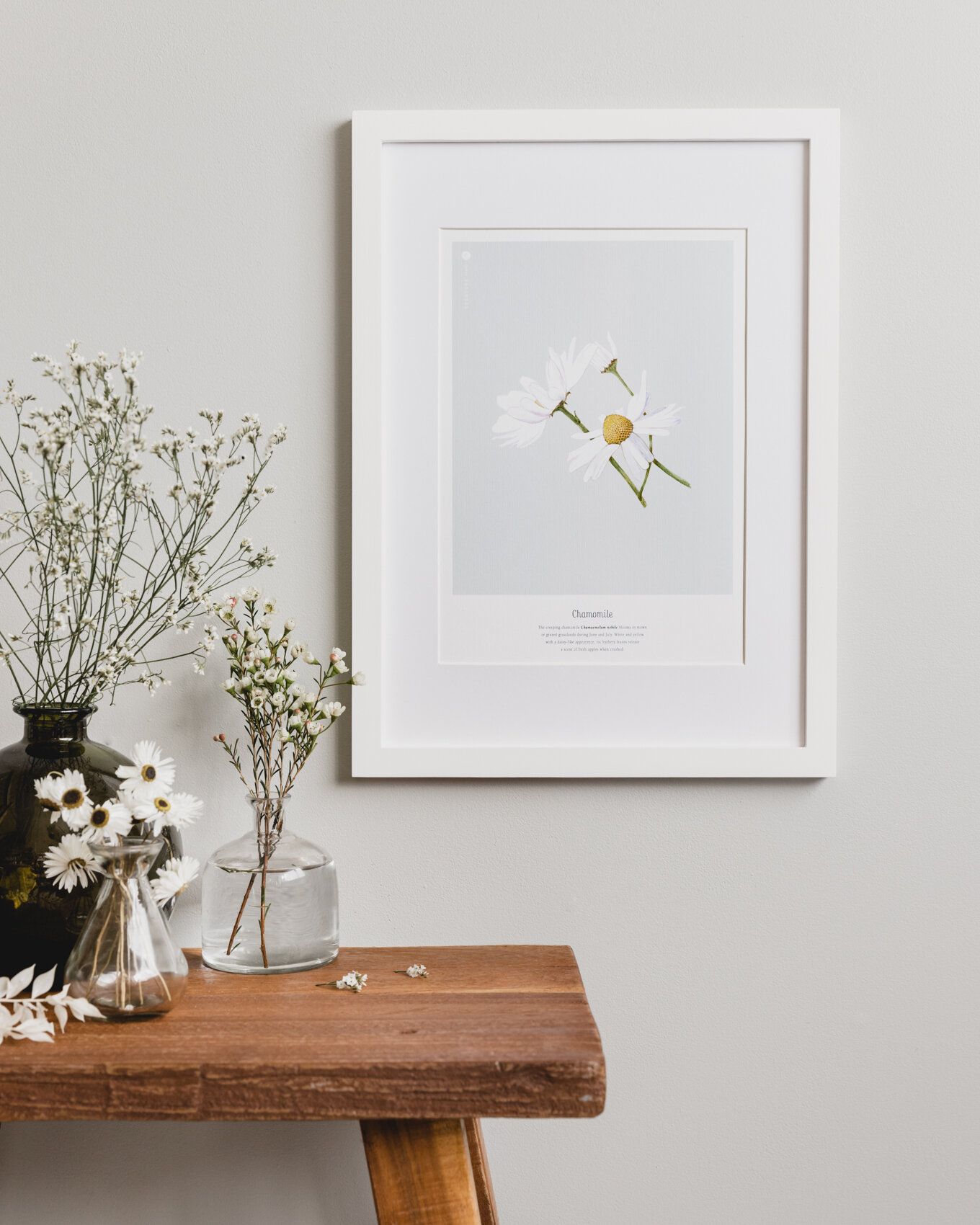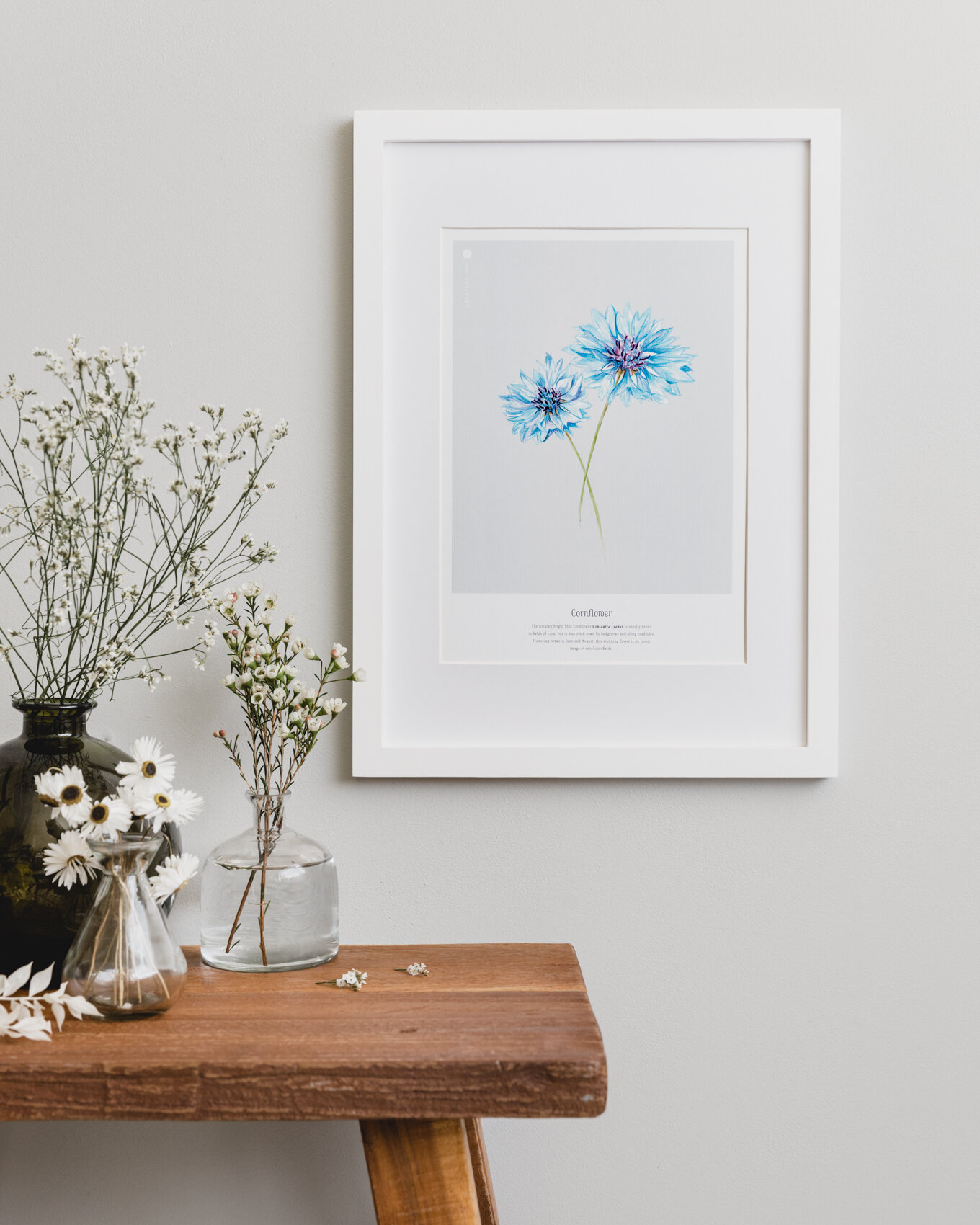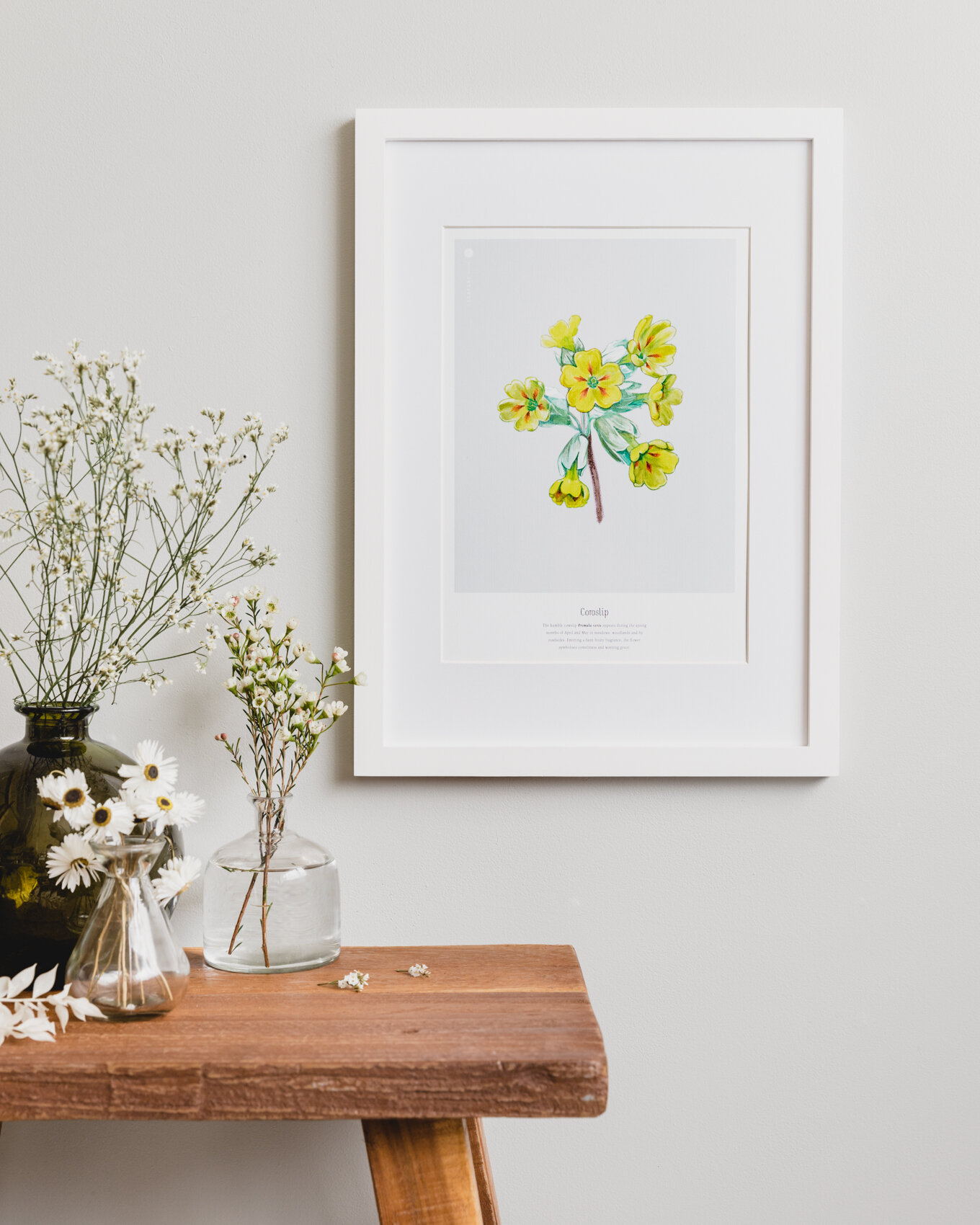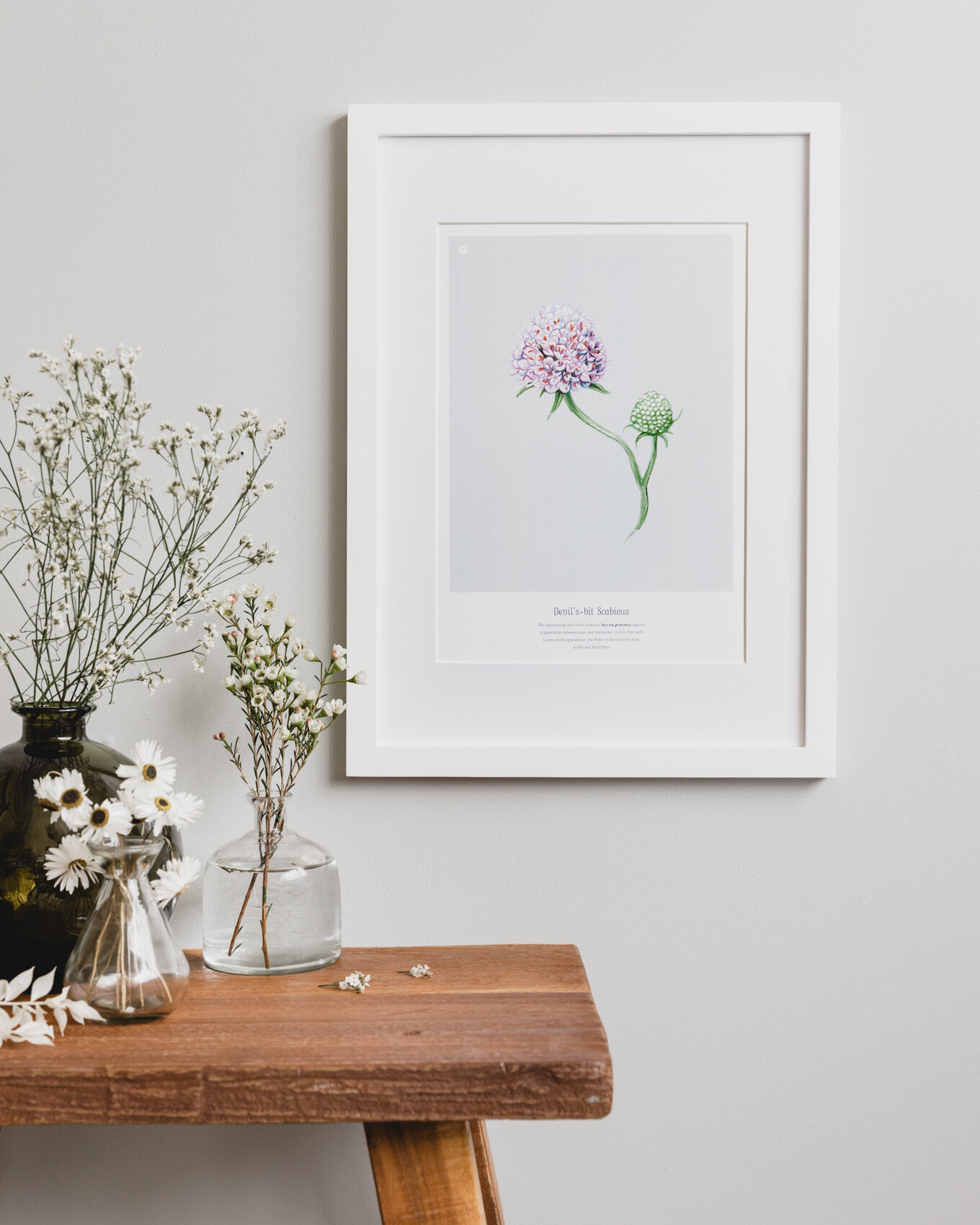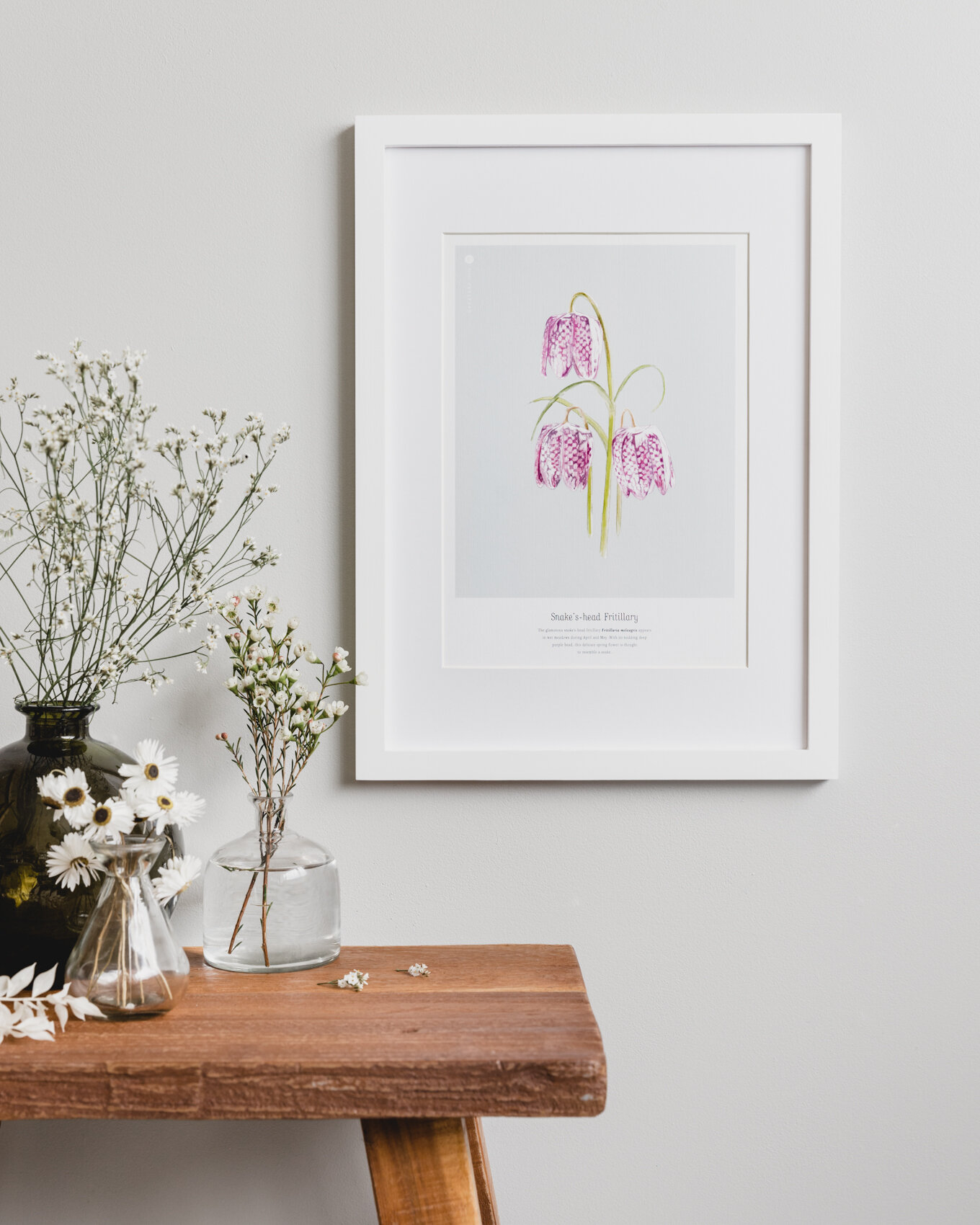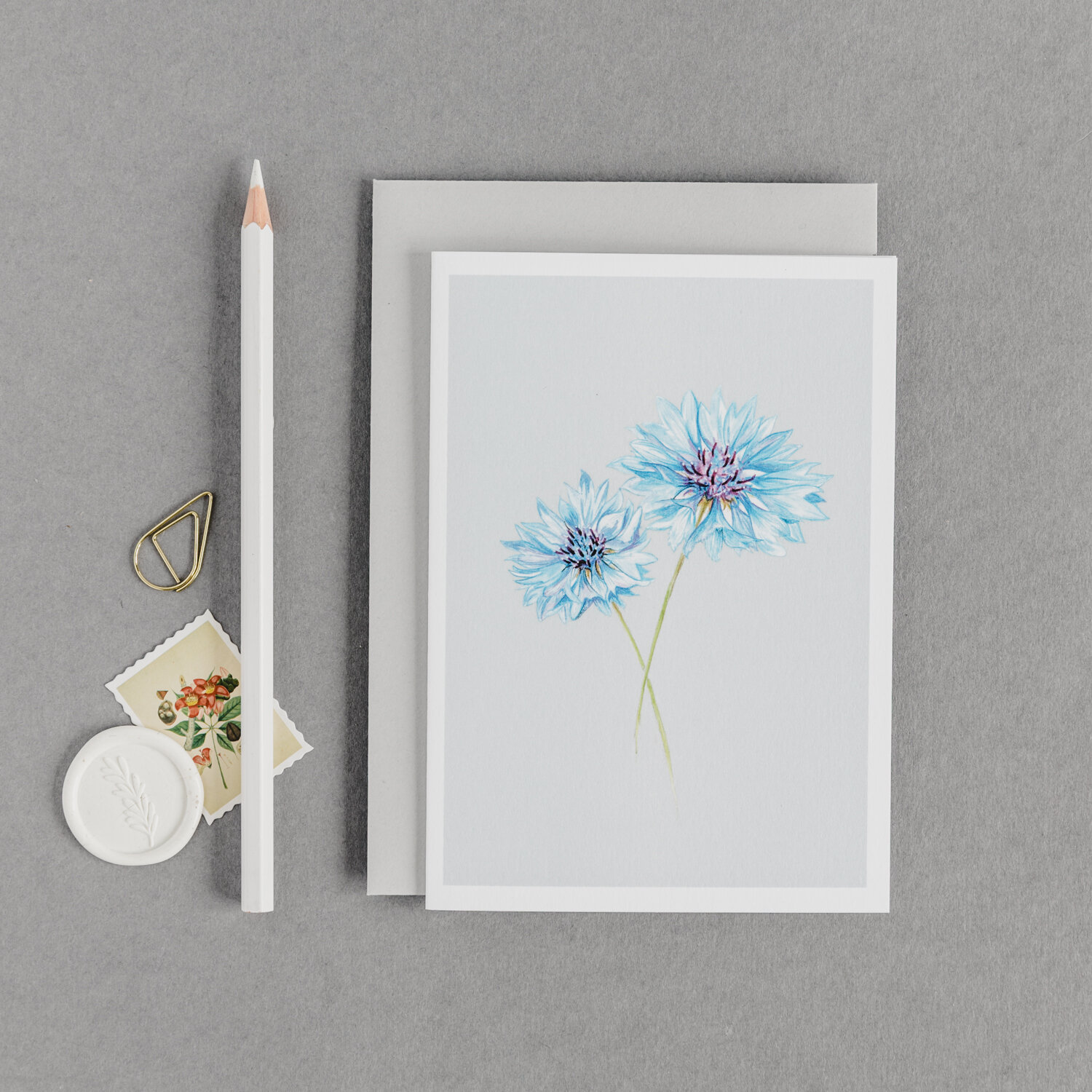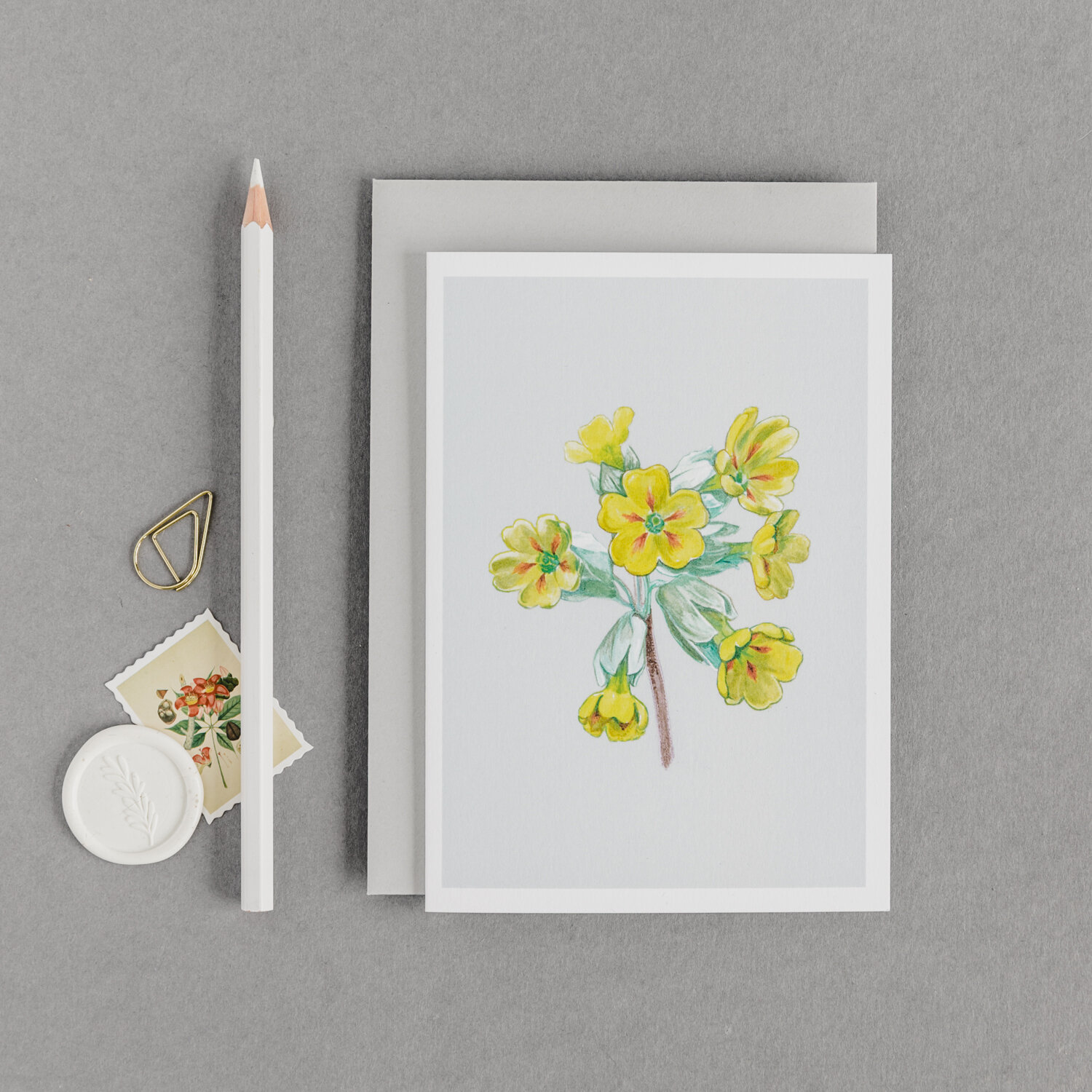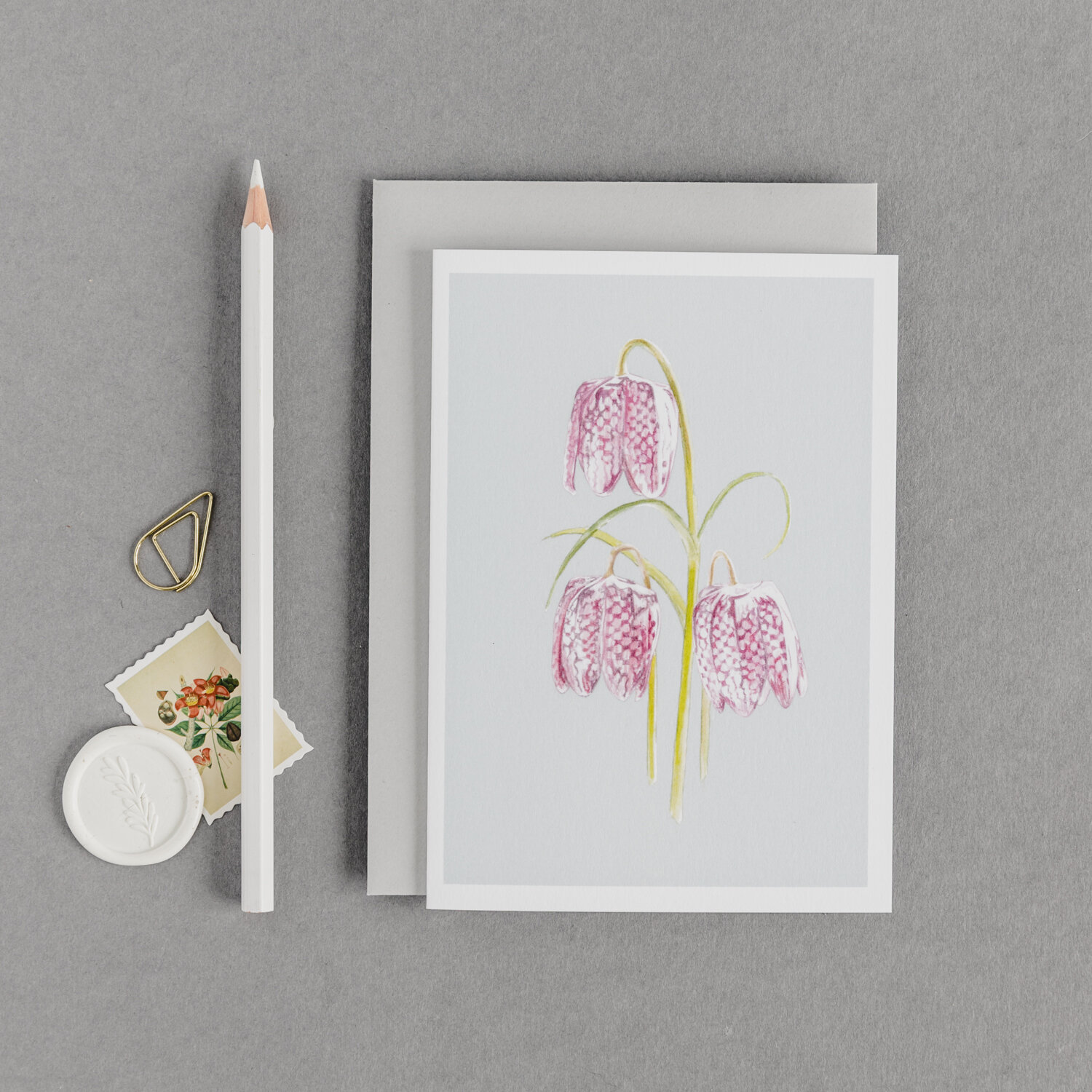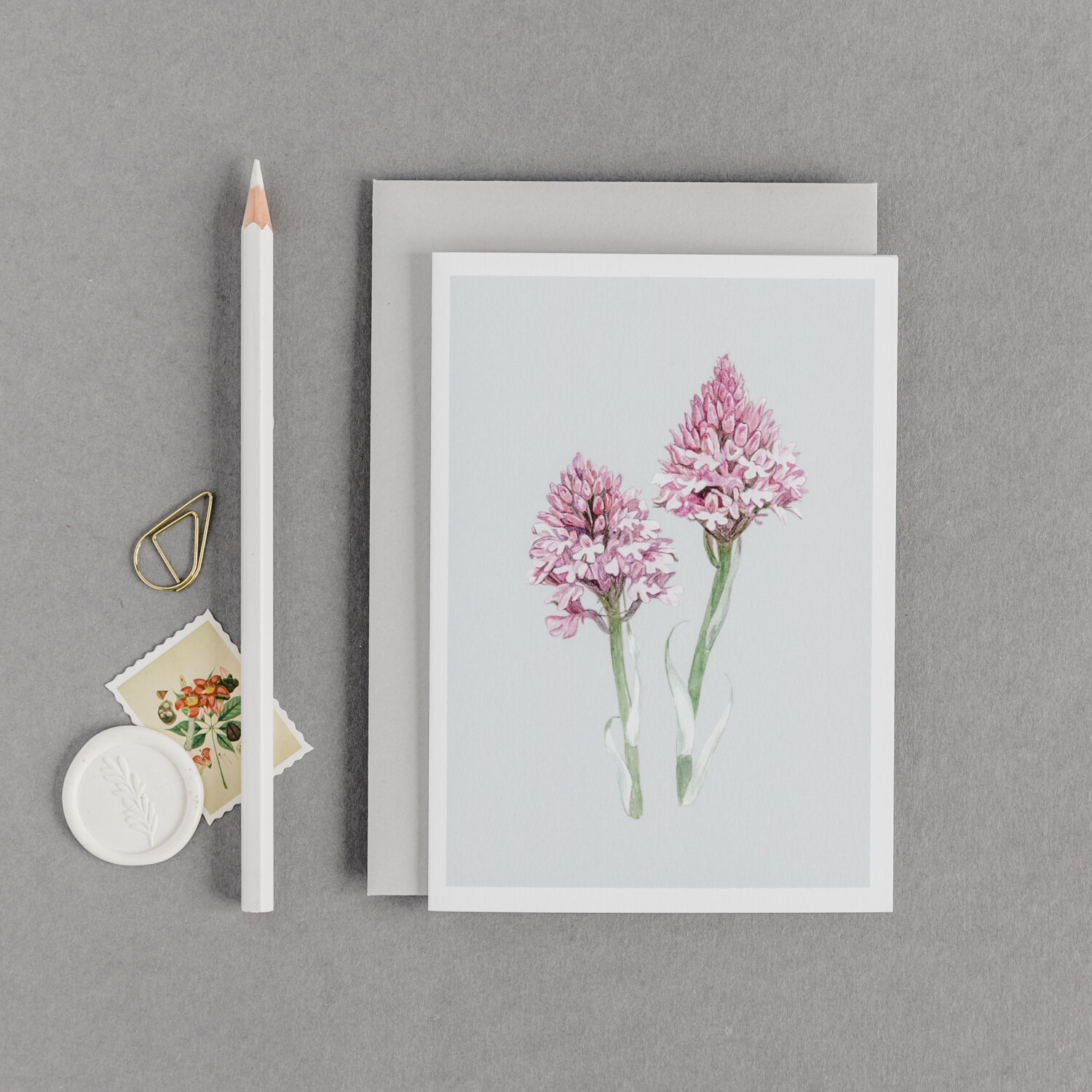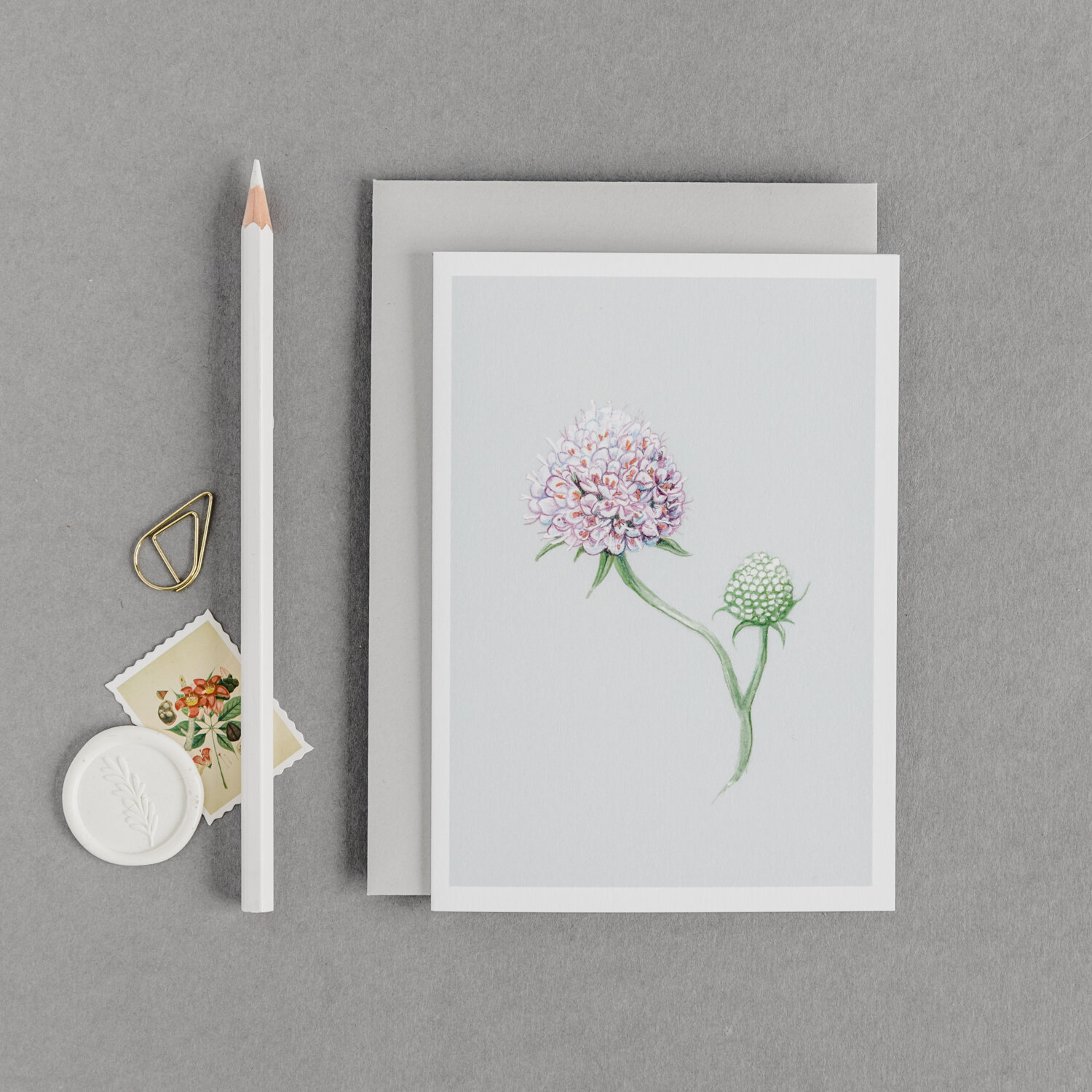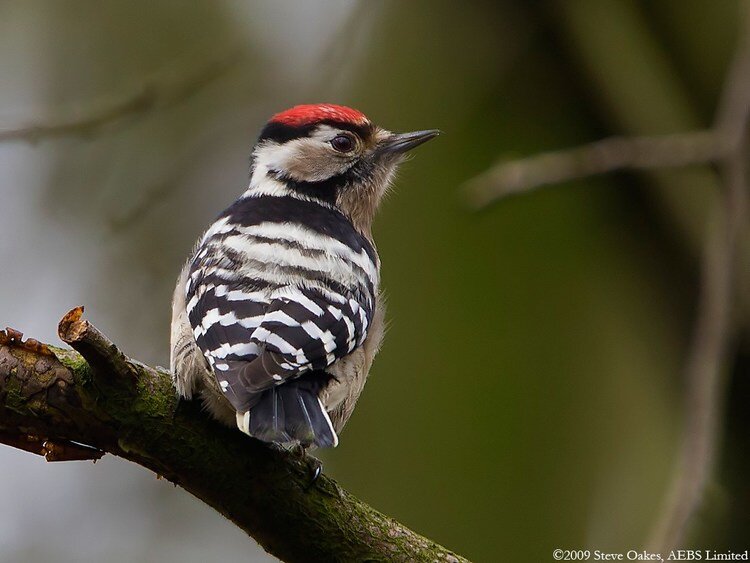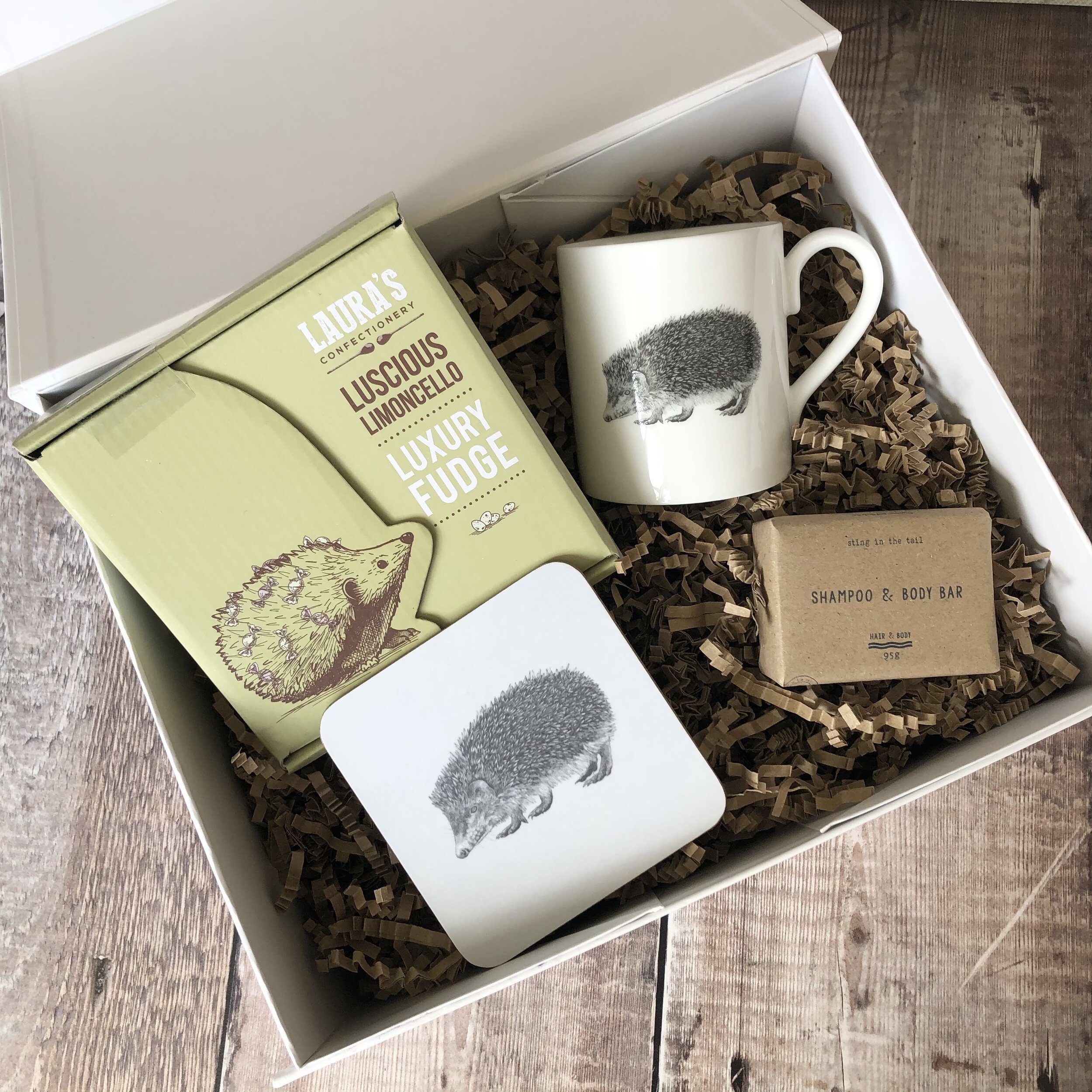By Kayleigh Wright.

Photo: Kayleigh Wright
Each year during late spring and into summer, I always take a walk down to my local nature trail to see the beautiful display of wildflowers at the little meadow that grows at the end of the trail. A few weeks ago, I wandered along the path down towards the meadow and saw a beautiful, bright colour palette of red campion, buttercups, welsh poppies, cornflower and many other types of wildflowers sweeping throughout. Whenever I visit this little patch, especially at this time of year, I feel calm as I watch the flowers sway gently in the breeze and butterflies dancing around me, landing gracefully on the flower petals with their wings open to bask in the sunlight.

Photo: Kayleigh Wright
I have a big love for insects, I find them so fascinating and could spend hours watching them. A wildflower meadow is a perfect spot to see many different species of insects, however we don't have enough meadows for them. Sadly our insect numbers are declining rapidly, with habitat loss being one of the biggest issues. Natural and semi-natural habitats have been cleared to make way for farming, housing estates, roads, and much more. Since 1950 it’s estimated that in the UK we have lost 98% of wildflower meadows, which has had a devastating effect on our insect populations. With a third of our food crops pollinated by insects and many small mammals and other species who rely on insects for food, without insects this would have major consequences for both wildlife and people.

Photo: Kayleigh Wright
Fortunately there are things that we can do to help insects thrive again and build a nature recovery network. On a larger scale we can turn our cities, towns and villages into a network of insect friendly habitats. There’s potential to have 250,000 miles of road verges sown with insect friendly seed mixes and sticking to mowing later in the year. Urban areas can become insect friendly with green roofs, more trees planted along streets and plenty of green space within parks. There are many little things we can do within our own garden spaces and local communities. With 430,000 hectares of gardens, simply planting our own wildflower patches will have a huge benefit for pollinators such as bees.

Photo: Kayleigh Wright
I love that I have a little wildflower meadow to visit locally. It was planted a few years back and has been blooming each spring and summer ever since. Walking around the meadow I came across a number of bumblebees such as common carders and buff tails, I also spotted common blue damselflies along with the beautiful banded demoiselle. I spotted hairy shield bugs hiding amongst the folds of leaves and ladybirds creeping up stems. Many butterflies were fluttering around the meadow such as common blues, holly blues, orange tips, large whites and small whites. I was filled with joy to see so many insects surrounding this little wildflower patch. It gave me hope that there are more communities coming together to provide a home for nature, even for the tiniest of creatures.

Photo: Kayleigh Wright
Find more from Kayleigh
We support the preservation of Britain’s wildflower meadows
10% of the sale of all botanical products is donated to Plantlife. Take a look below:
Botanical Prints

Humboldt penguins are classed as ‘Vulnerable’ on the IUCN list but are listed as ‘Critically Endangered’ in Peru. There has been a huge overall drop in numbers of the past 100 years, where Humboldts originally were estimated to be in numbers of almost one million and have since dropped to only 30,000 individuals.
One of our new designs is the lesser spotted woodpecker Dendrocopos minor. I'm sure some of you are not very familiar with this bird and that is one the main reasons we have chosen it for our new designs. To raise awareness and funds for it's much needed conservation.

